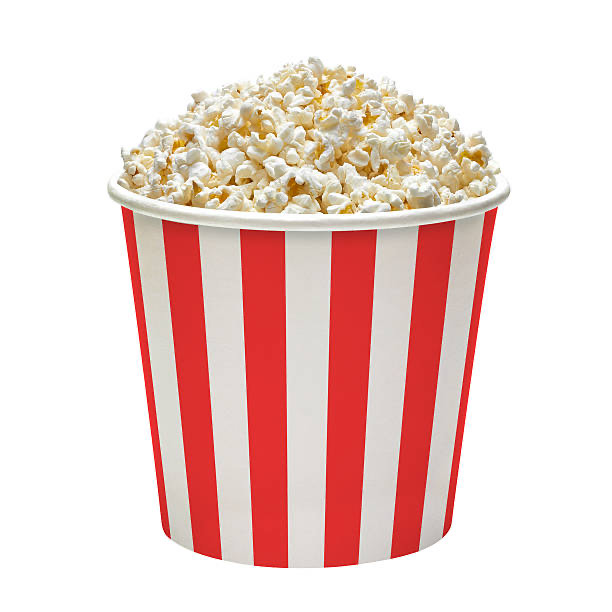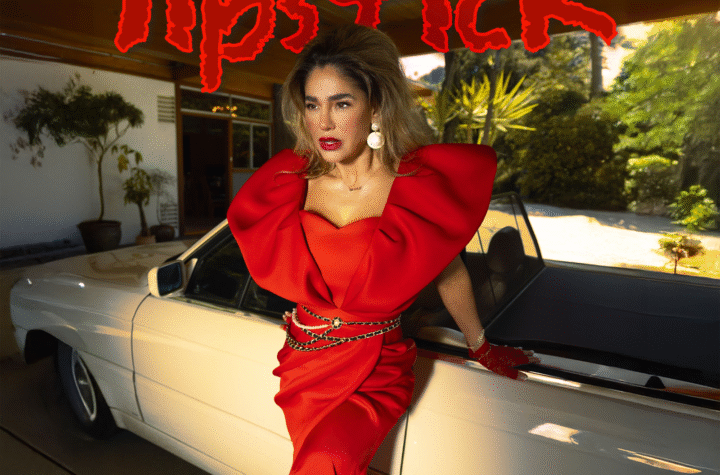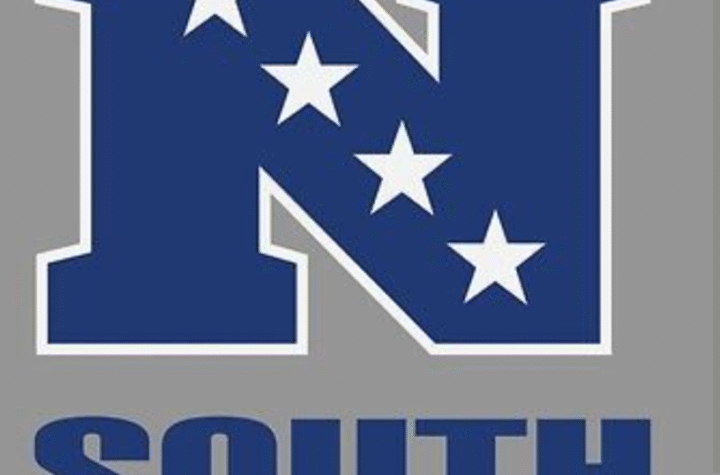
The Origins of Popcorn: A Tasty Tradition
Popcorn, a beloved snack enjoyed in movie theaters and homes around the world, has a surprisingly ancient history that stretches back thousands of years. The creation of popcorn wasn’t the work of a single individual, but rather the result of a discovery made by early indigenous peoples of the Americas who learned that certain varieties of corn would “pop” when exposed to heat.
Early Beginnings in the Americas
The earliest evidence of popcorn consumption dates back over 5,000 years, found in what is now New Mexico. Archaeologists discovered tiny cobs of popcorn in a cave known as Bat Cave, suggesting that ancient indigenous peoples were popping corn long before the arrival of Europeans. The discovery of popcorn is linked to the cultivation of Zea mays everta, a specific variety of maize that naturally pops when heated due to its moisture content and hard outer shell.
The Aztecs, Incas, and other indigenous peoples used popcorn not only as food but also for ceremonial purposes. The Aztecs even used it to create popcorn garlands and decorations for religious festivals, illustrating how deeply ingrained this simple snack was in their culture.
European Introduction
When European explorers arrived in the Americas, they encountered this new food. Spanish conquistadors observed the Aztecs popping corn, and the tradition gradually spread. Over time, European settlers adopted the snack, and its popularity grew, particularly in North America.
By the 19th century, popcorn had become a common snack across the United States, especially during family gatherings and social events. The creation of the popcorn machine by Charles Cretors in the late 1800s revolutionized the snack’s production, making it widely accessible. Cretors, an American inventor, introduced a steam-powered machine that could pop large amounts of corn efficiently, leading to the commercial sale of popcorn at fairs, parks, and eventually movie theaters.
The Rise of Popcorn in Modern Times
Popcorn’s association with movie theaters began in the early 20th century. As silent films and later, “talkies” grew in popularity, so did the demand for affordable snacks. Street vendors quickly set up popcorn machines outside theaters, and by the 1930s, popcorn had become an integral part of the movie-going experience.
World War II further cemented popcorn’s status as a staple snack. With sugar rations limiting the production of candy, popcorn became a popular alternative due to its affordability and availability.
Popcorn Today
Today, popcorn continues to be a beloved treat, enjoyed both as a classic, buttery snack and in more gourmet varieties with unique flavors. Though it’s hard to credit a single individual for its creation, popcorn is undoubtedly a testament to the ingenuity and resourcefulness of early indigenous cultures, whose discovery has delighted generations around the globe.
In essence, popcorn’s history is rich and varied, spanning ancient rituals, early American agriculture, and modern entertainment culture—a crunchy link to the past that continues to be enjoyed in the present.





More Stories
Besties to Bae? Brenda & Derek’s Endgame Dilemma
👓 A Clearer View: How We Dealt With Poor Vision Before Eyeglasses
Beyond the Bouquet: Thoughtful Mother’s Day Gift Ideas She’ll Truly Cherish